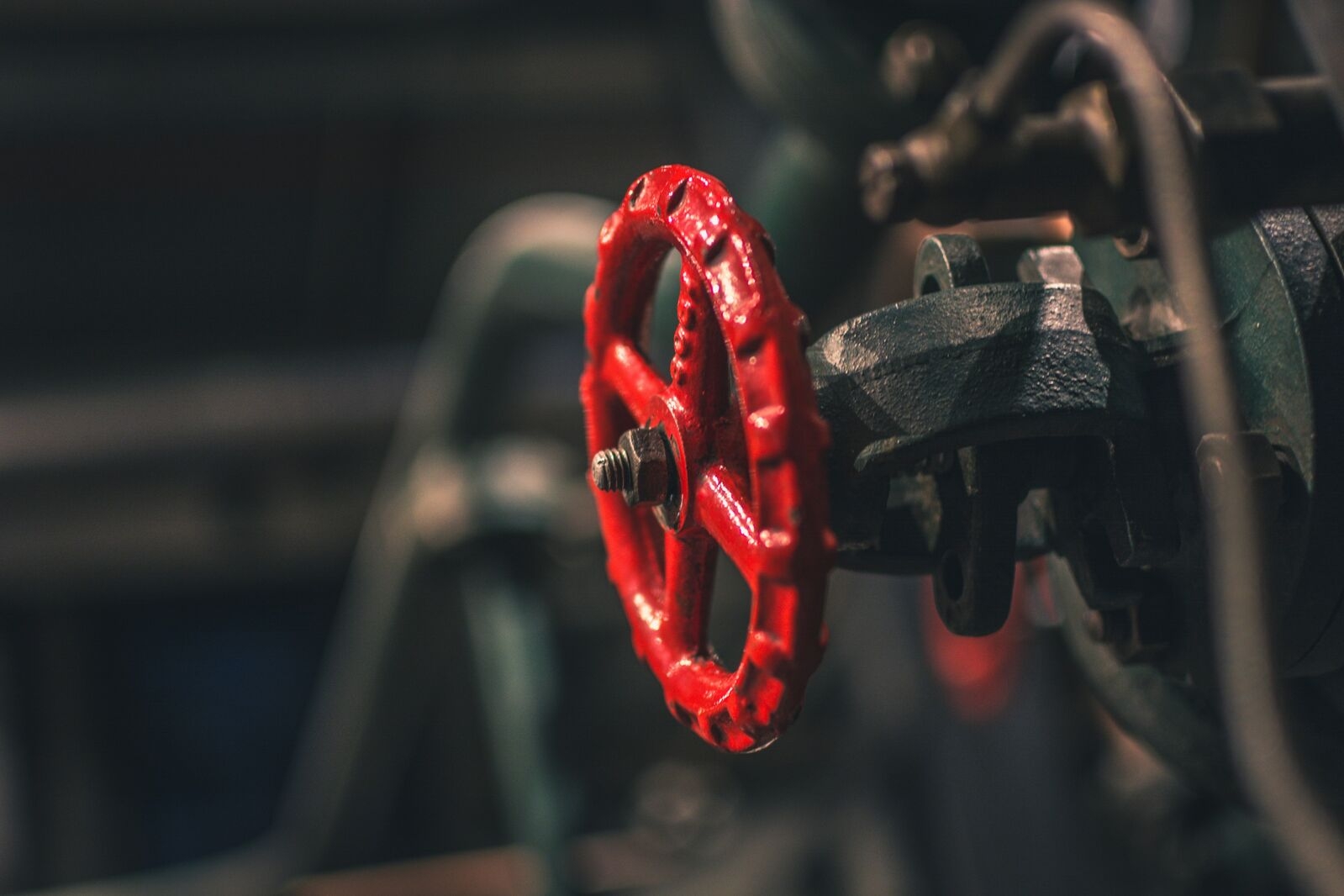
In the world of industrial fluid and steam management, actuated butterfly valves, ball float steam trap, and thermodynamic steam trap systems are key components in ensuring seamless operations and energy efficiency. These technologies work hand-in-hand to regulate flow, remove condensate, and maintain optimal pressure, directly impacting productivity, safety, and cost-effectiveness in process industries.
Understanding Actuated Butterfly Valves in Industrial Systems
Actuated butterfly valves are widely used in industrial applications for their quick shut-off, lightweight design, and low-maintenance operation. Controlled by electric, pneumatic, or hydraulic actuators, these valves offer precise regulation of liquids, gases, and steam in pipelines. Their compact nature and reliable operation make them ideal for applications requiring automated control, such as in water treatment plants, power generation, and chemical processing.
By integrating actuated butterfly valves into automated systems, industries benefit from:
- Reduced downtime through remote operation
- Enhanced system responsiveness and control accuracy
- Improved safety by minimizing manual valve handling
Steam Trap Technologies: Ball Float vs Thermodynamic
Efficient steam systems rely heavily on the proper removal of condensate without allowing steam to escape. This is where steam traps — especially ball float steam traps and thermodynamic steam traps — play a crucial role.
Ball Float Steam Trap
The ball float steam trap operates on a mechanical principle using a float inside the trap that rises and falls with condensate levels. As condensate accumulates, the float rises, opening a valve that discharges the liquid while retaining the steam. These traps are known for their:
- Continuous condensate discharge
- Excellent air venting capabilities
- Reliable performance in low-pressure applications
Ball float steam traps are often used in applications requiring steady condensate removal, such as heat exchangers and jacketed vessels.
Thermodynamic Steam Trap
On the other hand, the thermodynamic steam trap works by sensing the difference in flow dynamics between steam and condensate. A disc inside the trap rapidly opens and closes based on pressure changes, allowing condensate to escape while holding back steam. Key benefits include:
- Compact, robust design ideal for high-pressure systems
- Easy installation in any orientation
- Minimal maintenance needs
Thermodynamic steam traps are favored in remote locations and steam mains where reliability and simplicity are essential.
The Synergistic Advantage of Using Both Systems
When actuated butterfly valves are combined with the right steam trap — either ball float or thermodynamic — industries experience optimized steam distribution and energy conservation. This synergy allows for:
- Accurate flow control alongside efficient condensate removal
- Reduced steam loss, boosting energy savings
- Improved system longevity and reduced maintenance costs
For instance, in a steam heating process, actuated butterfly valves can regulate the flow of steam based on temperature or pressure sensors, while ball float steam traps can continuously discharge condensate to prevent water hammer or reduced heat transfer. In high-pressure applications, thermodynamic traps ensure that steam is not wasted while maintaining consistent system performance.
Conclusion
Maximizing industrial efficiency requires more than just advanced equipment — it needs the right combination of technologies. The integration of actuated butterfly valves, ball float steam traps, and thermodynamic steam traps offers industries a strategic edge by improving process control, reducing energy waste, and enhancing operational safety. Whether you’re upgrading existing systems or designing new ones, investing in these components is a step toward smarter, more sustainable industrial operations.







